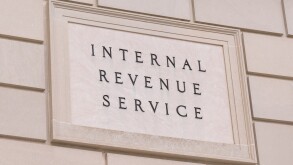
|
Andrea Pavlicevic |
Since becoming independent in 2006, the government of Montenegro has recognised the need to eliminate obstacles and reform the business environment to open the economy to foreign investors and bring it closer to the European Union. One important recent step in this regard is related to the seventh art. The government plans to adopt the Law on Cinematography, which provides the return of part of the funds spent by foreign producers filming in Montenegro.
This would promote Montenegro and create a new type of industry – film tourism.
It is predicted that the refund will not have any tax character and it would provide conditions that a producer must meet to qualify for this incentive measure. For example, the producer must spend a minimum amount of €100,000 ($110,000) in Montenegro, and must have fulfilled all obligations related to taxes and contributions.
The funds for film funds will be guarded from individuals and legal entities that directly or indirectly use cinematographic works or provide access to their use in different ways.
Public service and commercial broadcasters with national coverage, operators of cable, satellite and internet distribution of radio and television programmes, theatrical displays, operators of public communication networks, including operators of internet access providers rent cinematographic works on request, such as a T-com Extra TV, and this is how the existing system works.
Undoubtedly, this contributes to the exploitation of cinematographic works.
The calculation of extraction rates would be determined by reference to the annual income from performing services related to the possibility of using a cinematographic work. The contribution rate for the film fund is one percent of that income.
"The basis for the allocation of funds at the cinema displays 3% of each sold ticket, while the public service allocates funds in the amount of 5% of the total annual revenue generated from marketing," states the law.
Andrea Pavlicevic (andrea.pavlicevic@eurofast.eu)
Eurofast Global, Podgorica Office
Tel: +382 20 228 490
Website: www.eurofast.eu









